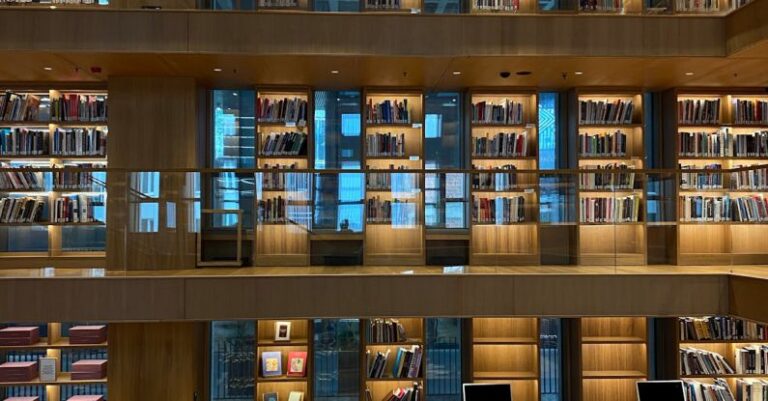
Modernist literature emerged in the late 19th and early 20th centuries, marking a significant shift in literary styles and techniques. Writers of this period sought to break away from traditional forms and experiment with new ways of storytelling. Through innovative techniques, modernist literature aimed to capture the complexities of the modern world and challenge conventional narratives. In this article, we will explore some of the key techniques employed by modernist writers that set them apart from their predecessors.
Fragmentation and Stream of Consciousness
One of the defining features of modernist literature is its use of fragmentation and stream of consciousness. Rather than following a linear narrative structure, modernist writers often presented their stories in a fragmented and non-linear manner. This technique mirrors the disjointed nature of human thought and experience. Stream of consciousness, on the other hand, allows readers to delve into the inner workings of characters’ minds, experiencing their thoughts and emotions in real-time. Writers like James Joyce and Virginia Woolf were pioneers in using these techniques to create immersive and introspective narratives.
Multiple Perspectives and Subjectivity
Modernist literature also embraced multiple perspectives and subjective viewpoints. Instead of presenting a single, objective truth, modernist writers explored the subjective nature of reality and the complexities of human perception. By incorporating multiple perspectives into their work, writers were able to create a more nuanced and layered portrayal of the world. This technique challenges readers to question their own assumptions and biases, inviting them to consider alternative ways of understanding the world around them.
Intertextuality and Allusion
Intertextuality, the practice of referencing or drawing inspiration from other literary works, plays a significant role in modernist literature. Writers often incorporated allusions to other texts, historical events, or cultural references, creating a rich tapestry of interconnected meanings. By engaging with a network of texts and ideas, modernist writers sought to enrich their own work and invite readers to make connections across different sources. This technique adds depth and complexity to the text, encouraging readers to engage with the story on multiple levels.
Experimentation with Language and Form
Modernist writers were known for their bold experimentation with language and form. They pushed the boundaries of traditional grammar and syntax, creating new ways of expressing ideas and emotions. Writers like Gertrude Stein and e.e. cummings played with punctuation, spacing, and wordplay to disrupt conventional linguistic norms. This innovative use of language challenged readers to reconsider their understanding of communication and representation, opening up new possibilities for literary expression.
Temporal Distortion and Dislocation
Temporal distortion and dislocation are common techniques used in modernist literature to disrupt the conventional flow of time. Writers often presented events out of chronological order or overlapped different time periods, creating a sense of disorientation and fragmentation. This technique reflects the instability and uncertainty of the modern world, where past, present, and future coexist in a complex web of experiences. By playing with time, modernist writers were able to capture the fluidity and subjectivity of memory and perception.
Reevaluation of Tradition and Authority
Modernist literature challenged traditional notions of authority and questioned established literary conventions. Writers rejected the idea of a single, authoritative narrative voice in favor of embracing plurality and diversity of perspectives. By deconstructing traditional forms and questioning societal norms, modernist writers sought to dismantle hierarchies of power and privilege. This critical stance towards tradition and authority paved the way for future generations of writers to explore new possibilities in storytelling and representation.
In conclusion, modernist literature revolutionized the way we think about storytelling and paved the way for future generations of writers to experiment with new techniques and forms. By embracing fragmentation, multiple perspectives, intertextuality, experimentation with language, temporal distortion, and a critical reevaluation of tradition and authority, modernist writers expanded the boundaries of literary expression and challenged readers to engage with texts in fresh and innovative ways. The legacy of modernist literature continues to influence contemporary writers and shape the evolving landscape of literary innovation and experimentation.





